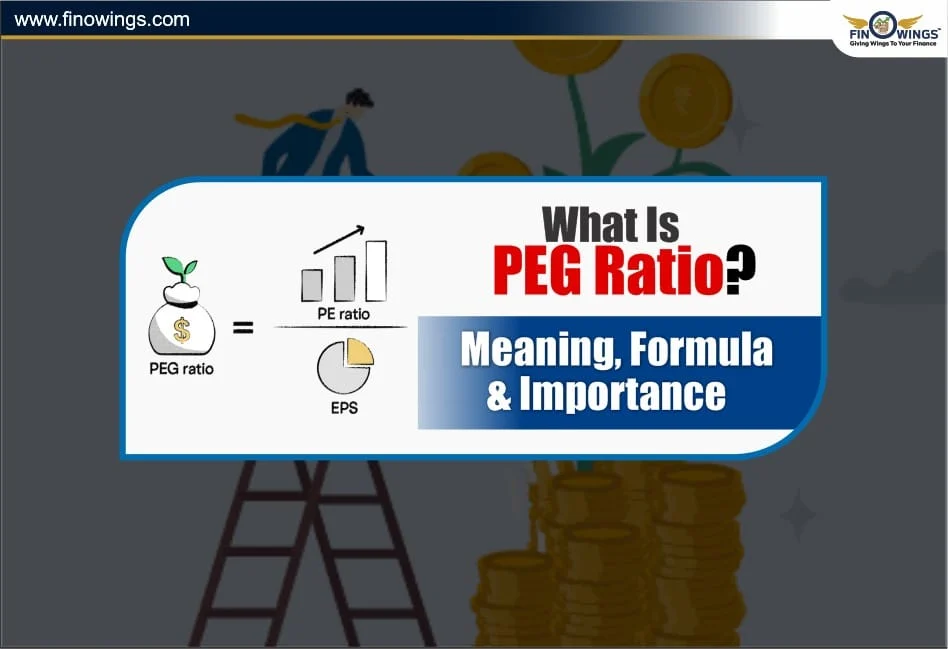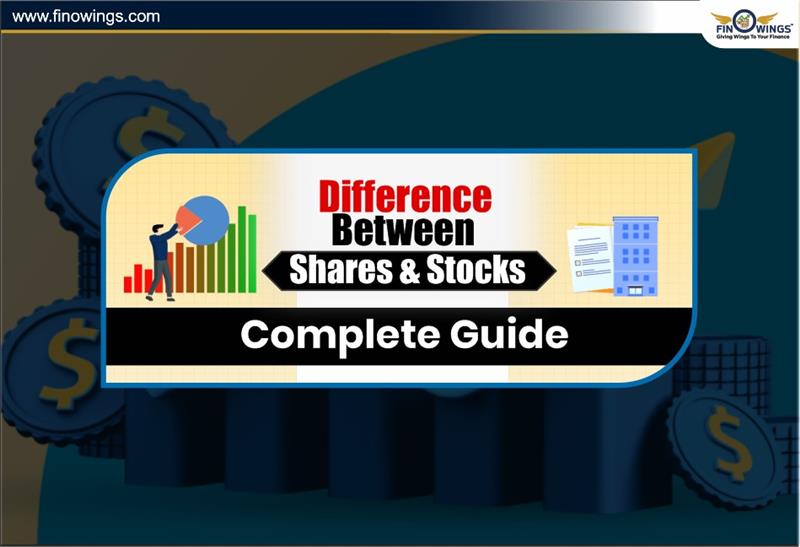Home >> Blog >> 3 Effective Hedging Strategies Using Options in Trading
3 Effective Hedging Strategies Using Options in Trading

Table of Contents
In the stock market, hedging strategies help protect your portfolio from volatility shifts in one or more market variables. Options hedging strategies are useful in reducing losses and still allow you to collect some profits. Hedging with options acts like insurance for your investments.
In this blog, we will explain step-by-step the best hedging strategies, practical options trading strategies, and techniques used by top-tier professionals.
What Is Hedging in the Stock Market?
The purpose of hedging is to reduce or offset risk within one or more of your trading strategies. It does not capture the upside to the ultimate closing of what is being targeted by your strategies - simply, it's aimed at stopping the bleeding.
For example, if you buy stocks worth ₹5 lakhs and you're worried that the market will change in the near future, to protect yourself from losing those ₹5 lakhs, you can engage in option hedge methods that will act like insurance for your portfolio.
Why Are Options Used for Hedging?
The reason for using options for hedging is.
Options are.
- Less expensive than futures.
- Provide more flexible forms of protection.
- Offering flexibility to protect by using less than.
- Options can be used to hedge a single position.
- Useful during non-trending as well as down-trending.
Options hedging is why retail traders and other entities engage in this.
Top 3 Options for Hedging Strategies
The three most cost-effective hedging strategies to employ. These are the.
1. Protective Put Strategy (Ideal For Long-Term Investors)
The protective put is the most commonly explained.
How it works
In the case where you are afraid it will lose, you acquire a put option. The put option essentially allows you to.
Example
If you own some Reliance stock at Rs. 2400, you put in place a hedge of Rs. 2350. A put option protects you if the stock drops to ₹2,100. If it increases, you merely lose the premium.
Who Should Use It?
Long-term investors, Portfolio holders, Easy Stock market hedging for beginners.
Why does it work?
You still retain the upside as long as you have the shares. The put protects you from whipsaw losses.
2. Covered Call Strategy (Best for Chop, Sideways Market)
Covered Call is a great way to reduce risk and to make income. Supports the premise of earning more, too.
How does it work?
If you own a stock and you don’t believe it will move much in the future and will stay in the same price range near term:
- Maintain ownership
- Sell A Call option against it.
E.g.
You own Infosys at 1550. You sell a Call option at 1600 and liquidate the premium. If the stock stays under ₹1,600 → You get to keep the premium + stock. If the stock hits ₹1,600 → You have to sell, but you still make a profit
Who Should Use It?
Investors who seek to earn additional profits, traders who anticipate a stagnant market, people seeking conservative options and hedging strategies
Why it works
You protect yourself from moderate losses because the premium offsets the real cost of owning the stock.
3. Collar Strategy (Most Affordable Hedging Strategy)
The Collar strategy merges the first two strategies for low-cost, high-impact hedging.
How It Works
1. Buy a Putto to have coverage
2. Sell a Call to pay for the Put
This lessens the overall premium, making hedging more affordable.
Example
You have TCS at ₹3,600, buy a Put at ₹3,500 and sell a Call at ₹3,800. The overall premium stays very low.
Outcome
If TCS falls → Put protects you.
If TCS rises → Profit capped at 3,800.
But your hedging cost becomes almost zero.
Who Should Use It?
Investors looking for low-cost hedging, traders with large portfolios, those who want both downside protection & premium income.
Why it works
A Collar is considered one of the safest stock market hedging methods because it gives protection at minimal cost.
When Should You Use Hedging Strategies?
Use hedging during:
-
High volatility.
-
Election periods.
-
Global uncertainty.
-
When markets are near all-time highs.
-
Before major economic announcements.
-
When your portfolio becomes large and needs protection.
Hedging helps you avoid emotional decision-making during panic phases.
Benefits of Hedging with Options
-
Protects your profits.
-
Controls downside risk.
-
Reduces emotional stress.
-
Offers flexibility.
-
Provides insurance during market crashes.
-
Helps maintain a stable long-term portfolio.
These benefits make options trading strategies vital for serious investors.
Mistakes Traders Make While Hedging
Here are some of the mistakes traders make while hedging.
- Overhedging the portfolio.
- Hedging with the wrong strike price.
- Hedging with weekly rather than monthly options for long-term protection.
- Buying options that are too expensive for a near event.
- Not getting the proper risk-reward pattern.
Hedging the portfolio correctly takes the right amount of discipline and strike.
Conclusion
Hedging is the most necessary choice traders and investors make with the modern stock market. Simply using protective puts, covered calls, and collars is enough to make a trader defend his/her capital with uncertain volatility. These option strategies make it possible for a trader to be unrestricted in losing dollars and continue to profit while increasing long-term wealth.
Learning to hedge with options is a required skill for all traders in the modern stock market. It will indicate that a trader can make a high-risk market predictable and less risky. These strategies are extremely useful in helping a trader to sell with confidence and responsibility in the stock market at a high.
DISCLAIMER: This blog is NOT any buy or sell recommendation. No investment or trading advice is given. The content is purely for educational and information purposes only. Always consult your eligible financial advisor for investment-related decisions.
Author
Frequently Asked Questions
Hedging is a risk-management strategy that protects your portfolio from potential losses. Traders use tools like options to offset risk during volatile markets. It acts like insurance, reducing downside damage without forcing you to exit your positions.
Options are one of the most effective hedging tools because they are cheaper than futures, provide flexible protection, and allow you to hedge individual stocks or full portfolios. They protect you during sideways, non-trending, or falling markets, making them ideal for retail investors and professionals.
The Protective Put Strategy is considered the best for beginners. You buy a put option on a stock you already own. If the stock price falls, the put increases in value and protects your downside. It is simple, affordable, and works well for long-term investors.
A protective put protects you from losses if the stock falls, while still allowing unlimited upside.
A covered call generates income by selling a call option, but it caps your profit if the stock rises above the strike price. Protective puts focus on protection; covered calls focus on income.
A collar strategy combines a protective put with a covered call. You buy a put for protection and sell a call to reduce the cost. Use it when you want low-cost hedging, limited downside, and don’t mind capped profits.
Hedging is most useful during high volatility, election seasons, global uncertainty, economic announcements, and when markets are near all-time highs. It protects your portfolio during unpredictable phases.

















